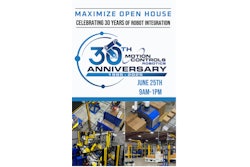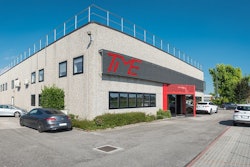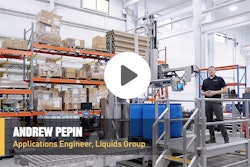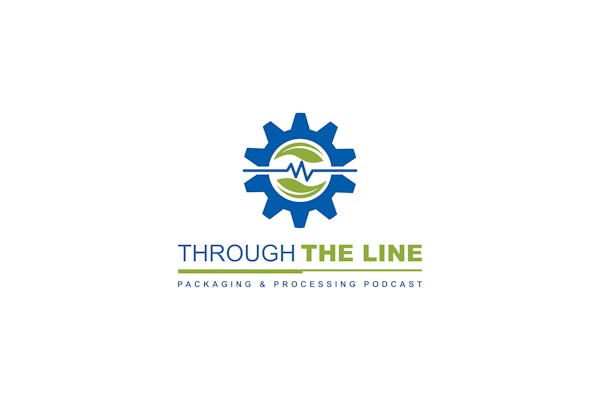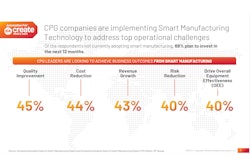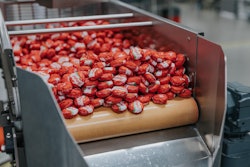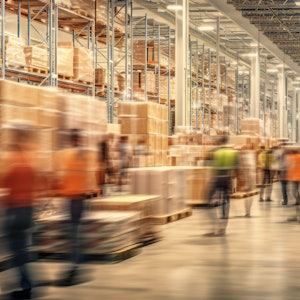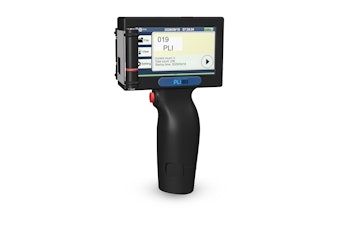The following transcript was produced by AI and not carefully edited.
Matt Reynolds: Hi, I'm Matt Reynolds, editor of packaging World Magazine. I'll be speaking today with my colleague, Sean Riley. He's the editor in chief of OEM magazine. He just published some pretty insightful reporting attempting to tackle how automation and robotics are impacting packaging operations at consumer brands. This reporting is part of our inaugural annual outlook report, which covers a range of topics in this automation and robotics report. Specifically, it reflects around 100 unique survey responses that were collected from brand owners, CPG, fast moving consumer goods companies, all packaging world readers. The online survey was first devised and pressure tested with CPG experts, then deployed via email, and all responses were recorded between July and September in 2024 so once we collected the results, Sean crunched the numbers for his automation and robotics survey and bounced the results off another host of CPG experts, just to gage their reaction and see if the responses tracked with what they had experienced and expected. So join me in welcoming Sean Riley to the podcast. Welcome Sean.
Sean Riley: Thank you, Matt, happy to be here.
Matt Reynolds: Good. So before we dive into the data from the report and the specifics, you're the editor of OEM magazine, and OEM magazine covers packaging and processing equipment, so you've got your fingers on the pulse of these packaging equipment manufacturers, and your readers are the people who make the very equipment that my readers at packaging world and the respondents to the survey by and put to use. So I think I know the answer to this already, but just so we can frame up the data a little bit, what are some of the major broad industry trends, trends that are affecting both my audience, those brand owners and CPGs in your audience, the OEMs, in terms of adoption of automation, robotics?
Sean Riley: Yeah, I said this in the article. And I am, you know, in the report on that this, basically I said this in the article. I'm already stumbling, but I said this in the article, that this could have been a report on the packaging workforce. And I know you already interviewed one of our colleagues for that section, but I'm going to say it here again, the workforce, or the lack thereof, and unskilled labor in general, are the biggest reasons for adopting automation and robotics. I'll admit, though, that I didn't think it would be to the extent that the data in the report showed I figured it'd be one of the bigger reasons. But I didn't expect the number one reason by far, the number one reason by far, for adopting robotics at 61% was to reduce labor costs, and that, just as a frame of reference, none of the other choices exceeded 35% and even then, for the five top reasons, all touched on the workforce in some way, which we'll probably get into a little bit more later. The number two reason, which feels like is kind of always a reason, has been a reason for as long as I've been writing about packaging, adding any equipment and packaging and processing is to increase speed and throughput, anything to get things off the line faster and into consumers hands faster. So speed and throughput seems to always be a reason for investment.
Matt Reynolds: When I think of automation robotics, I think precision would be repeatability, speed, all the things that human fingers can't do, especially when you're trying to put 100 widgets a minute or 1000 widgets an hour through. That's where my mind immediately leads to automation robotics doing that and doing that more accurately and precisely. But yeah, the results seem to indicate that a lack of a workforce, or inability to find people to do that is actually a bigger driver. So So those are the two big drivers. We expected one. We expected both of them. We didn't quite expect the workforce to be as so much of a driver.



